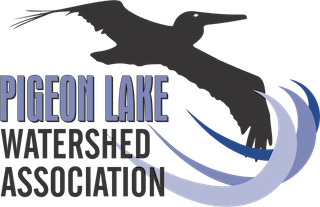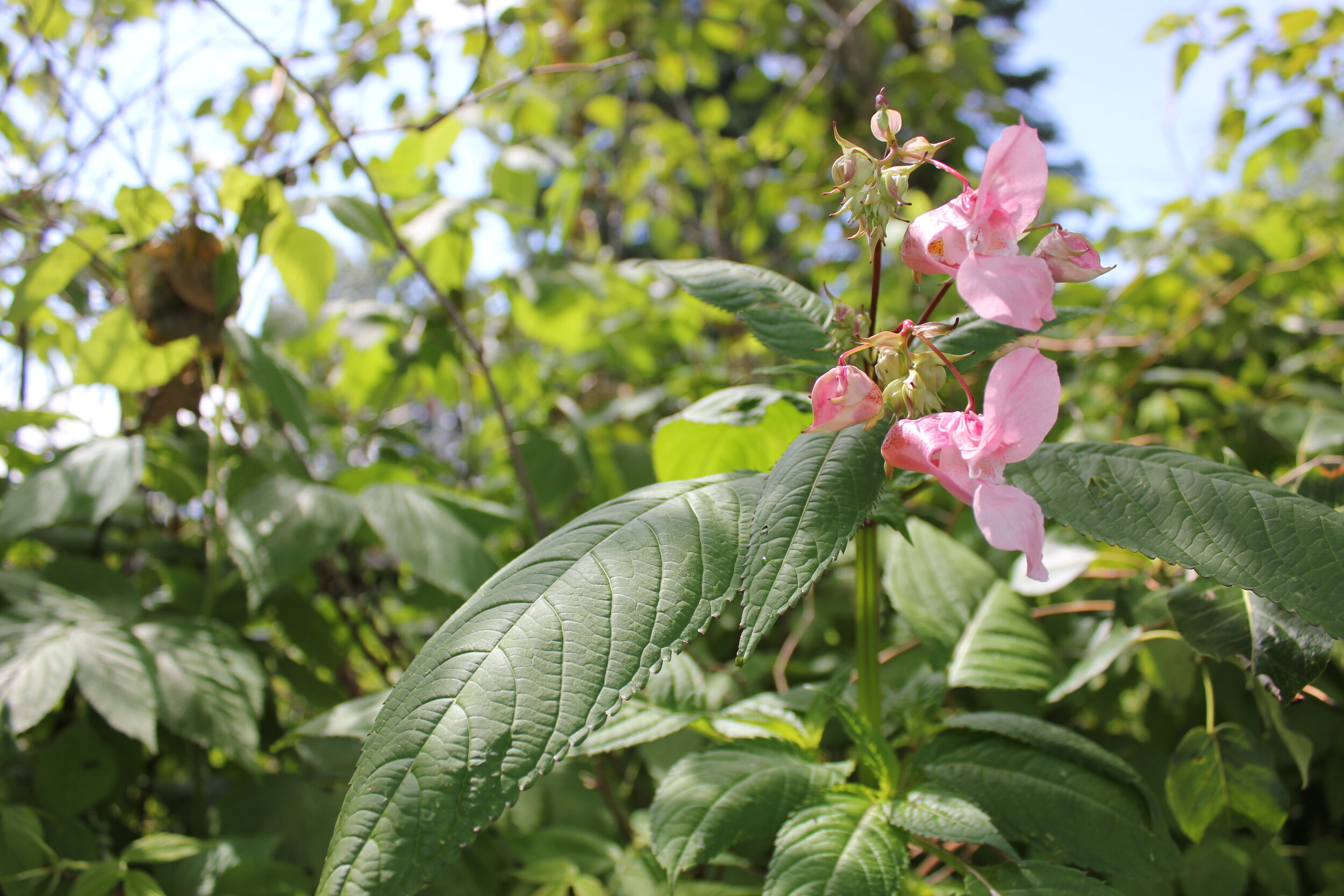Why are invasive species a threat?
There are a few terms that are easy to misuse or confuse that you have probably heard of before. Here are some definitions or terminology surrounding invasive species:
Natives are species that have originated and developed in the local area
Non-natives are plants and animals that are living in areas where they do not naturally exist, they are exotic species that have been brought in from elsewhere
Invasives are species that are not naturally found in the local environment, having been brought in from other places, whether intentionally or unintentionally, and these species negatively impact the local environment
Noxious species are a subset of invasives that are particularly harmful to public health, agriculture, recreation, wildlife and property
Invasive species often are quick to outcompete native species, overtaking an area and creating huge changes or even collapse within an ecosystem. It is important to be aware of possible invasive introductions we are causing, and the procedures to reduce risk of introductions unintentionally. Procedure and guidelines such as “Clean, Drain, Dry,” “Don’t Let Loose”, and choosing native species for your garden limit these invasive species being transported into the local ecosystem. Another way you can help is by contributing to citizen science monitoring such as our Mussel Monitoring program or submitting observations on iNaturalist, helping to keep track of areas of invasive colonization that can then be targeted for removal and management.
Check out some of the guides linked below about invaisve species, to help with identification and management tips, for specific species. And be sure to follow along on our social media this week (June 28th - August 2nd, 2025) to learn more about this issue and how we deal with prevention, reporting and management of invasive species near you!
Common Tansy
Himalayan Balsam
Canada Thistle



